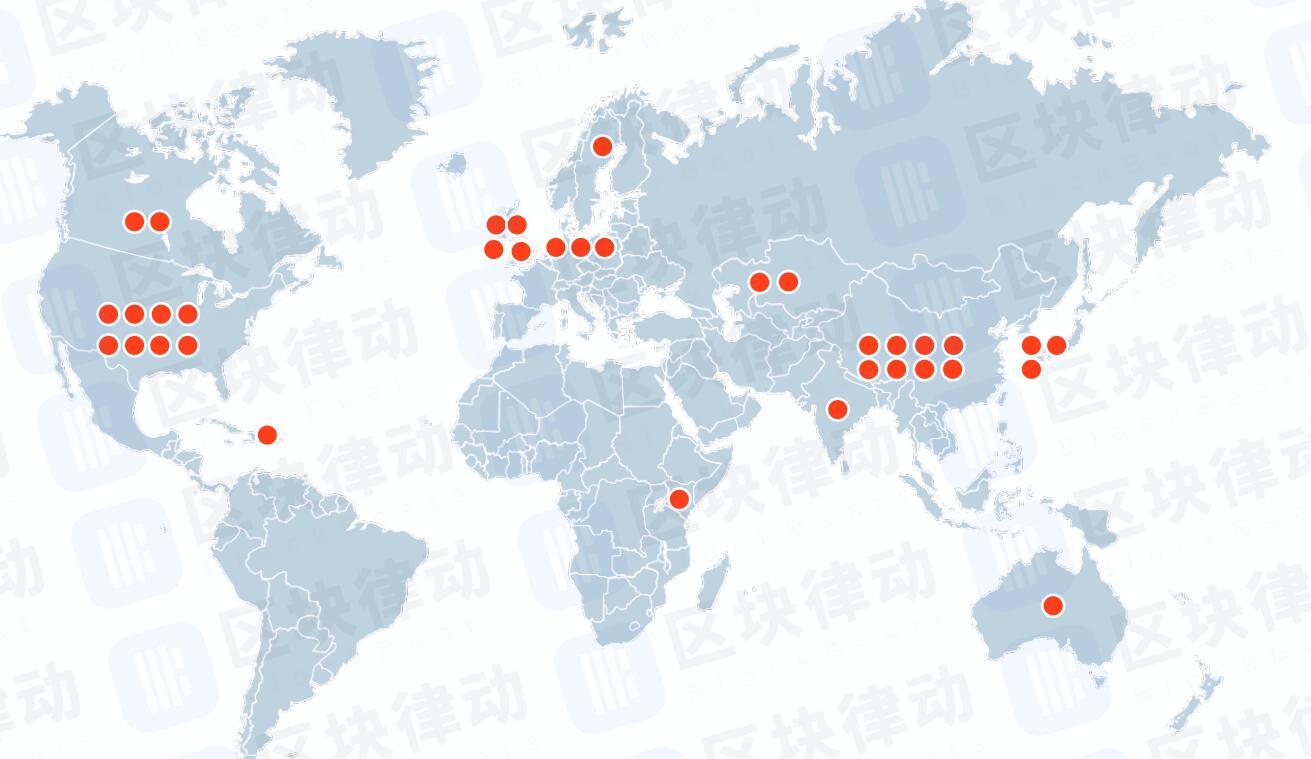2021-8-25 14:28 |
The cryptocurrency world has been adapting to the current demands and generating new consensus algorithms with better functionalities. The first consensus algorithm was the Proof of Work algorithm, but today there are various protocols such as Proof of Stake and Proof of Space.
Specific consensus algorithms offer certain advantages over others. For example, the Proof of Stake algorithm is a more secure, faster and cheaper consensus protocol than Proof of Work. LaneAxis, the world’s freight brokerless direct freight network, utilizes a Proof of Stake algorithm to ensure quick transactions and better security and privacy.
Difference between Proof of Work and Proof of Stake Consensus ProtocolIn the “early days” of cryptocurrency, the only consensus available was the Proof of Work algorithm, which Bitcoin and Ether still use. However, as the crypto community grew, so did the daily transactions. But the Proof of Work algorithm could not manage such high traffic, resulting in network congestion, high transaction fees and lower transaction speeds.
The main reason for this network congestion is that Proof of Work relies on hardware mining capabilities, an energy-intensive process. Recently, Bitcoin mining became restricted in China because of its extensive energy usage and its excessive carbon footprint.
However, a new protocol called Proof of Stake does not use mining hardware to mint new tokens to counteract this problem. It relies on staking existing tokens to validate new transactions and develop new tokens. As it does not rely on mining hardware, it requires significantly less energy and has lower overhead costs along with a significantly reduced carbon footprint.
The Proof of Stake algorithm offers better security, cheaper and quicker transactions with low-energy consumption and is preferred over the PoW consensus algorithm. Even Ether is aiming to shift from PoW to PoS to offer better services.
How does LaneAxis utilize the Proof of Stake protocol?LaneAxis has a native ERC 20 token; AXIS token is secured using the proof-of-stake consensus mechanism. Unlike PoW, PoS utilizes staked tokens for selecting node validators and requires less energy. As the Proof of Stake consensus mechanism requires less energy, they have lower costs and are more efficient to manage.
LaneAxis utilizes this consensus protocol to make the transactions within the platform using the AXIS token cheaper, faster and safer. As the platform relies on quick smart contract-based transactions, efficiency is of the utmost importance to ensure a smooth experience for the Shippers and Carriers.
Also, LaneAxis stores the transaction amount on smart contracts while the shipment is in progress. Proof of Stake ensures that the smart contracts are secured and publicly visible on the blockchain for better transparency.
The LaneAxis network aims to redefine the relationship between Shippers and Carriers, and the AXIS token plays an essential part in the process. Using the Proof of Stake algorithm helps the LaneAxis network ensure scalability, security, privacy, cheaper and faster transactions – and significantly less energy consumption.
To learn more about LaneAxis Network, visit https://laneaxis.com/.
Similar to Notcoin - Blum - Airdrops In 2024
PROOF (PF) íà Currencies.ru
|
|










